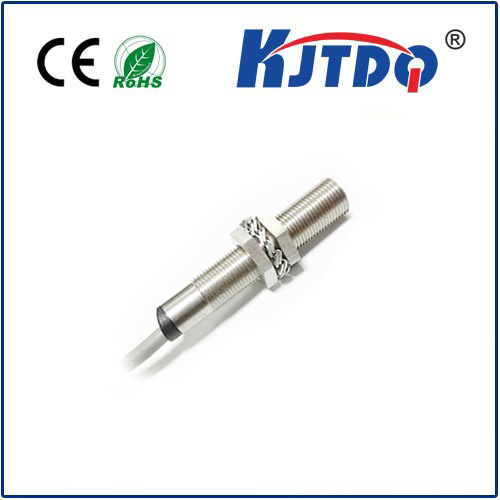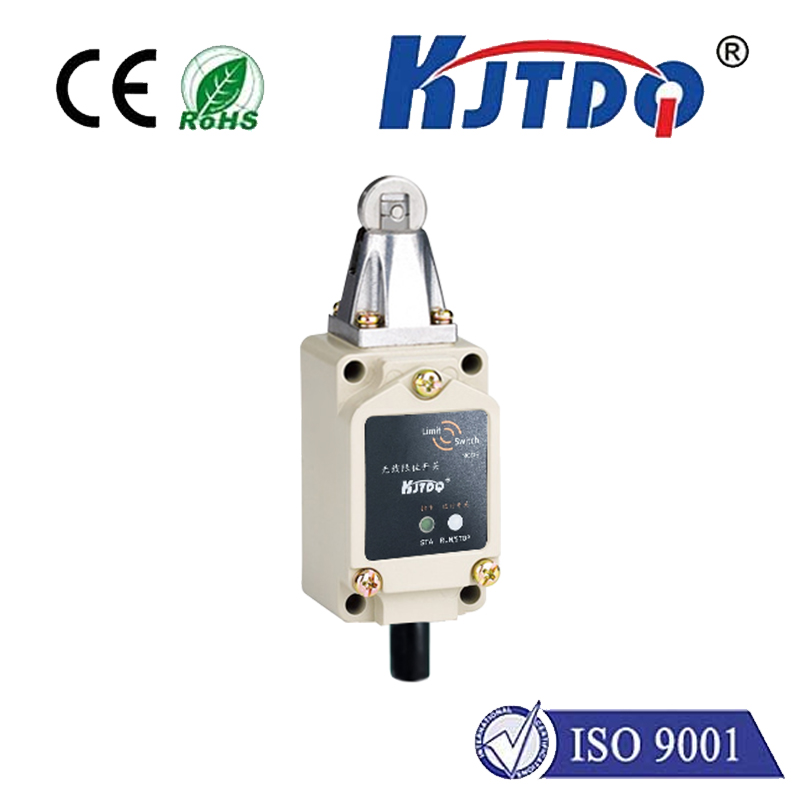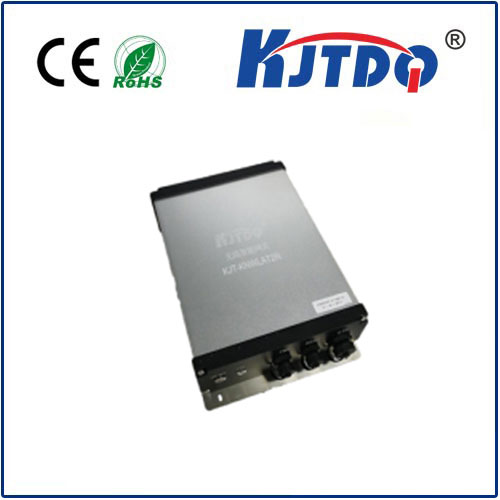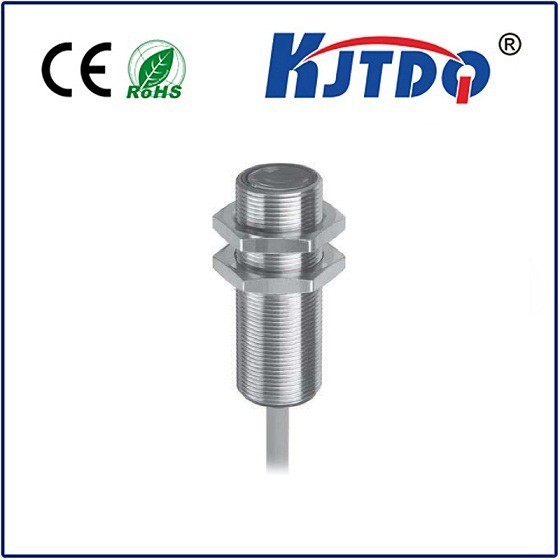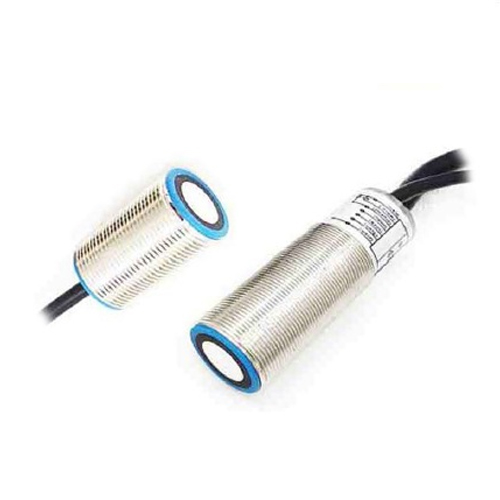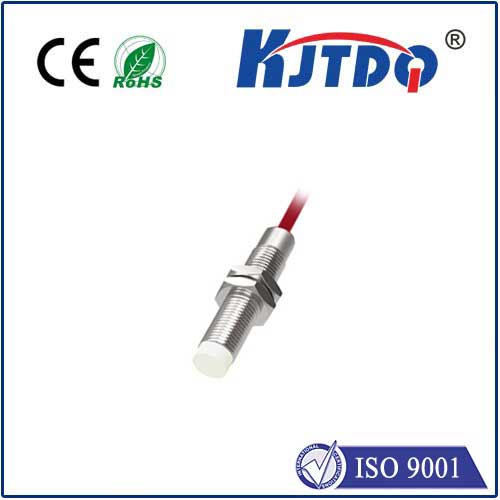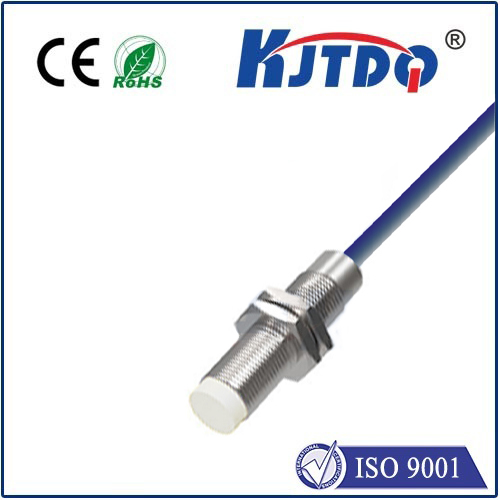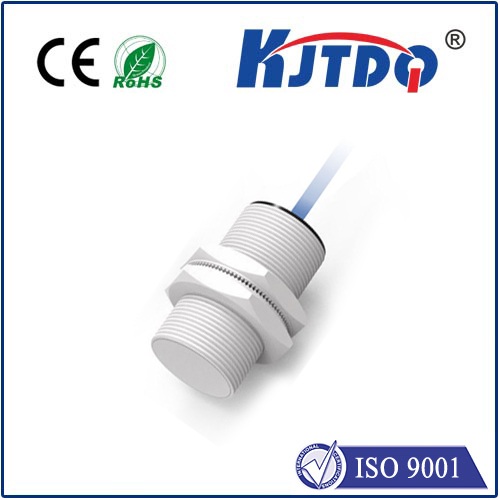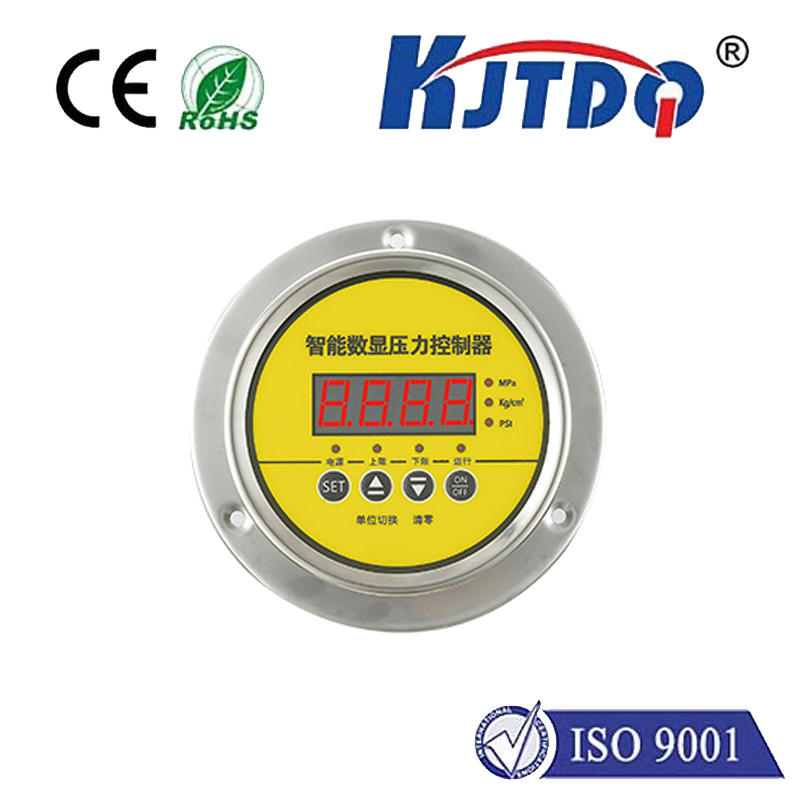12v proximity switch
- time:2025-06-15 02:24:37
- Click:0
12V Proximity Switches: The Compact Powerhouses of Industrial Automation
Does your assembly line, packaging machine, or robotics application demand reliable, non-contact sensing without the bulk and complexity of higher-voltage systems? The unassuming 12V proximity switch often holds the key. These compact electronic sensors work silently yet are indispensable in countless modern industrial and automation settings, offering a perfect blend of performance, safety, and energy efficiency where space and low voltage operation are critical factors.
Understanding the Core Principle: Non-Contact Detection
At their heart, 12V proximity sensors operate on a beautifully simple concept: detecting the presence or absence of a metallic target without any physical contact. Most commonly using an inductive principle, the sensor generates a high-frequency electromagnetic field around its active face. When a ferrous or non-ferrous metal target enters this field, it disrupts the field’s characteristics. This disturbance is detected by the sensor’s internal circuitry, causing it to switch its output state – essentially turning “on” or “off” – to signal the target’s presence. This non-contact nature makes them exceptionally durable, immune to wear and tear, and ideal for dirty, wet, or high-vibration environments where mechanical switches would quickly fail. Unlike optical sensors, they are largely unfazed by dust, oil, or other common contaminants obscuring a target, provided the target is metallic and within range.
Why 12V DC? Unpacking the Advantages

The choice of a 12-volt DC supply isn’t arbitrary; it confers several significant benefits perfectly suited for many applications:
- Intrinsic Safety & Lower Risk: Operating at 12VDC significantly reduces the risk of electrical shock hazards compared to higher AC voltages like 120VAC or 240VAC, particularly important in confined spaces, maintenance situations, or environments with flammable materials. This inherently safer voltage level simplifies installation and compliance with certain safety standards.
- Compatibility & Ubiquity: 12V DC power is incredibly common. It’s readily available from standard industrial power supplies, batteries, or vehicle electrical systems (like trucks, forklifts, or mobile machinery). This widespread availability makes integrating 12V proximity sensors into existing setups remarkably straightforward and reduces the need for specialized converters.
- Energy Efficiency: Generally, lower voltage circuits consume less power. While individual sensor consumption is low regardless of voltage, 12V DC proximity switches contribute to overall system energy savings, especially beneficial in large-scale installations or battery-powered equipment.
- Space Savings & Integration: The electronics required for 12V DC operation can often be made more compact than those handling higher AC voltages. This allows for the design of smaller, space-saving proximity sensor housings, crucial in applications where real estate is limited. Their integration into low-voltage PLCs (Programmable Logic Controllers) and microcontrollers is also seamless and direct.
Where 12V Proximity Sensors Shine: Diverse Applications
The versatility of inductive proximity sensors running on 12V DC makes them suitable for a vast array of tasks across numerous industries:
- Position Sensing: Detecting the end-of-travel limits on cylinders, verifying the correct position of machine parts, slides, or clamps. Crucial for automated sequencing.
- Object Detection: Confirming the presence or absence of metal parts on conveyors, in fixtures, or within assembly stations. Essential for quality control and process flow.
- Counting: Accurately tallying metallic products (cans, bottles with caps, machined parts) as they pass by on a production line.
- Speed Monitoring: Measuring the rotational speed of gears or shafts equipped with metallic targets.
- Level Control: Detecting metal flappers or floats within tanks (subject to material compatibility).
- Mobile Machinery: Widely used in agricultural equipment, construction vehicles, material handling (forklifts), and transportation systems due to their compatibility with vehicle 12V/24V battery systems and ruggedness.
- Machine Safety: Integrating into machine safety systems to detect guard positions or unsafe conditions reliably.
Key Selection Considerations
Choosing the right 12V DC proximity sensor goes beyond just the voltage. Key factors include:
- Sensing Range: The maximum distance at which the sensor can reliably detect the specified target material. Ensure it meets your application’s physical gap requirement.
- Target Material: Inductive sensors primarily detect metals, but their sensitivity varies. Standard models are best for steel, while specialized types exist for non-ferrous metals like aluminum or copper.
- Output Type (NPN vs. PNP): This defines the switching logic and how the sensor interfaces with your controller (PLC, counter, relay). Understanding your control system’s input requirement (sinking or sourcing) is vital for seamless integration. Solid-state outputs (common in proximity switches) offer fast switching and long life.
- Housing Material & Shape: Options range from robust threaded barrels (M8, M12, M18, M30 are common) to block or rectangular styles. Choice depends on mounting constraints and environmental protection needs. Stainless steel housings offer superior corrosion resistance.
- Environmental Rating (IP Rating): Look for ratings like IP67 (dust-tight and protected against temporary immersion) or IP69K (resists high-pressure, high-temperature washdowns) to ensure longevity in harsh conditions involving dust, moisture, coolants, or cleaning chemicals.
- Shielded (Flush Mountable) vs. Unshielded: Shielded sensors can be mounted flush into metal, offering protection but slightly shorter sensing ranges. Unshielded sensors have longer ranges but require an air gap around them when mounted in metal. Choose based on mounting constraints and required range.
The Reliable, Efficient Choice for Modern Sensing
12V proximity switches represent an ideal fusion of simplicity, reliability, safety, and efficiency. Their non-contact operation ensures longevity, while their 12V DC compatibility makes them incredibly versatile and easy to power within a vast ecosystem of industrial and mobile equipment. Whether you’re automating a complex production cell, ensuring precise positioning on a robotic arm, or adding reliable sensing to a mobile platform, these compact powerhouses offer a proven, cost-effective solution. By carefully considering factors like sensing range, output type, and environmental protection, you can select the perfect 12V proximity sensor to enhance the reliability and performance of your next automation challenge.






